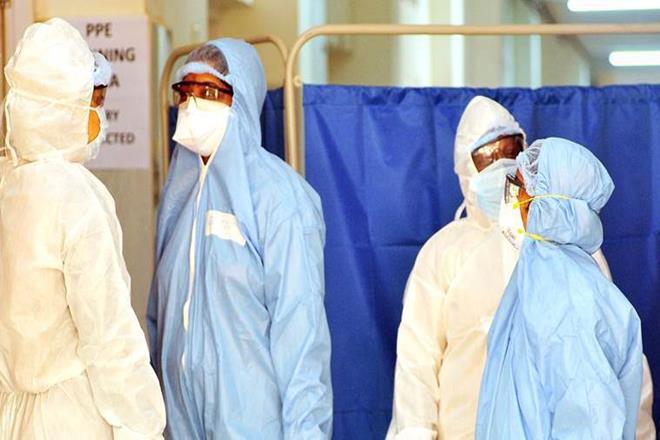
In the early hours of May 7, a tragic event unfolded at a plastics manufacturing plant in Visakhapatnam, Andhra Pradesh. What happened was the sudden leak of poisonous gas from a plastic manufacturing plant in the region that soon spread to all the neighbouring villages in the vicinity of the plant. It is believed that the poisonous gas that leaked from the plant was a toxin of some kind and made thousands of people immediately fall sick. But this was not all, only a couple of hours passed after the leak began that reports of deaths began to emerge from the ground.
The plant where the gas leak took place was called LG Polymers and is situated in a 60-acre plot in the Gopalapatnam area. In order to respond to the crisis, many teams of the National Disaster Response Force reached the site of accident. Since the gas leak had taken place in the early hours of the morning, many people in the neighbouring villages were still fast asleep and in most homes the windows were open. Inhalation of gas immediately made the people faint and become unconscious. According to Reuters, eleven people have been found dead so far and more than 300 others have been hospitalised. About 1,500 people have been evacuated from a neighbouring village and over 5,000 people have fallen sick.
Many media reports that emerged in the aftermath of the incident suggested that the poisonous gas that leaked from the plant was styrene gas.Once the styrene enters the body through the mouth, respiratory tract or through the skin, it becomes styrene oxide which has been classified as ‘probable human carcinogen.’ This gas is know to cause ration to the eyes and the entire respiratory system and if humans are exposed to it and heightened levels, the compound can affect the central nervous system, kidneys and liver along with the blood.
This gas leak reminds us of the fateful Bhopal gas tragedy of 1984 which is considered one of the worst industrial disasters in history and which claimed the lives over 3,700 people and injured over 5.7 lakh people.











